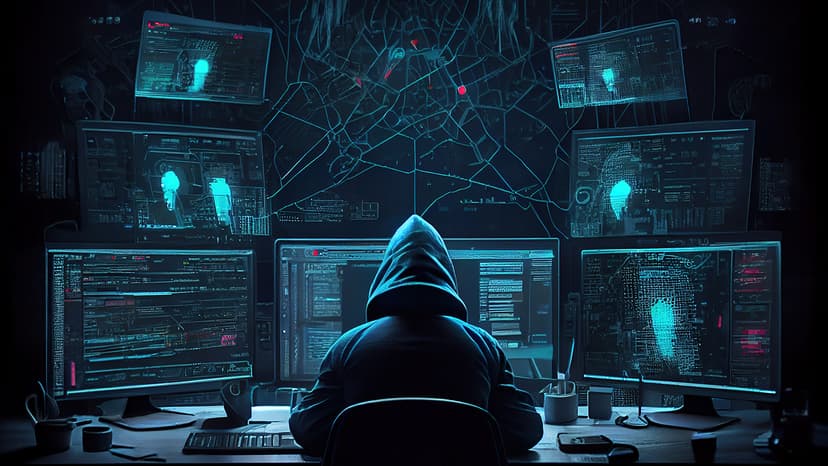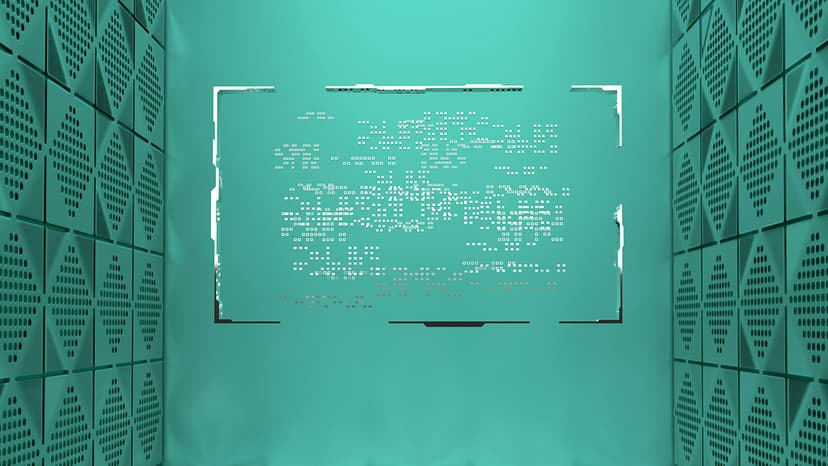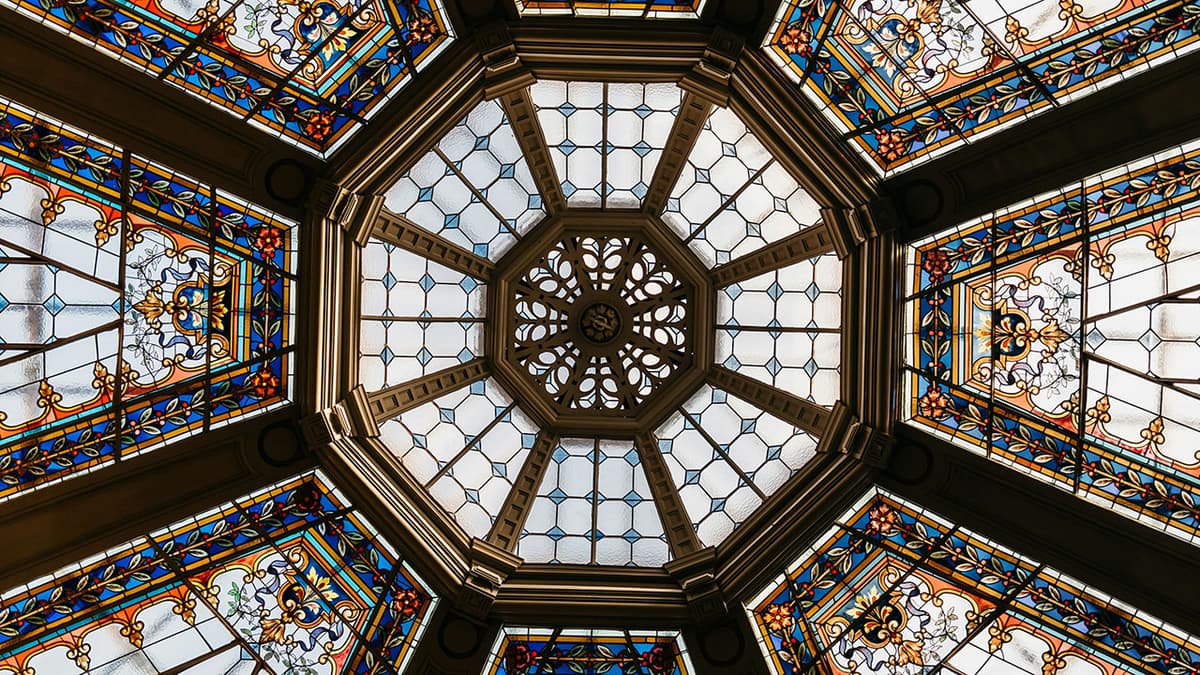Legal Implications and Considerations for Commercial Use of AI-Generated Art
As AI continues to evolve, the emergence of art created by algorithmic processes brings forth a complex array of legal considerations, especially when such art is intended for commercial use. The relationship between machine learning-generated art and copyright law is becoming increasingly critical as these technologies gain widespread adoption.
The Copyright Dilemma
Copyright law has traditionally served to protect the intellectual output of human creativity, ensuring that artists and authors benefit from their work. This legal framework is based on the principle of originality, which is a key factor in determining whether a creation is eligible for copyright protection. The rise of AI in artistic creation challenges this traditional view, as it raises the question of whether works generated by algorithms, without direct human involvement, can be protected under copyright law.
Authorship and Originality: Legal Challenges
The core of copyright law lies in the concept of authorship. Historically, copyright protection has been granted to "works of authorship" created by humans, including literary, musical, and artistic works. The Berne Convention for the Protection of Literary and Artistic Works, an important international treaty, requires that a work be "created" by a human for it to be eligible for copyright protection. This requirement presents a significant challenge for AI-generated art, which may lack the direct human involvement necessary for copyright eligibility.
The Role of AI in Artistic Creation
When AI is used as a tool by a human creator, similar to a painter using a brush or a photographer using a camera, the resulting work may still be eligible for copyright protection. In this case, the human creator is considered the author, as they exercise control and express creativity through the AI. The legal protection of copyright can extend to such collaborative works, with the human artist directing the AI and contributing their creative input.
Derivative Works and Copyright Infringement
A particularly challenging area of copyright law concerns derivative works. AI often relies on vast datasets of existing artistic works to train its algorithms, using these pre-existing works as a foundation for generating new creations. If an AI-generated work closely resembles its source material, it could potentially infringe on the original creator's copyright. This risk of infringement is heightened when AI-generated art replicates copyrighted elements without permission. To mitigate this risk, those involved in the creation of AI-generated art must carefully review the source materials and implement procedures to avoid unauthorized use of copyrighted content.
For more detailed guidance on copyright law, the U.S. Copyright Office provides helpful resources, which can be accessed here.
Terms of Service and User Agreements
The legal landscape of AI-generated art is further complicated by the terms of service and user agreements of AI art generation platforms. These contracts govern the use of the platforms and outline the rights and limitations associated with the generated artworks. Users must carefully read and understand these agreements to ensure they are aware of their rights and obligations.
Licensing Agreements
AI art platforms often provide licensing agreements that grant users specific rights to use and commercialize the generated art. These licenses typically include restrictions that define the scope of use, exclusivity, attribution requirements, and other important terms. It is crucial for users to thoroughly review these licensing agreements to understand the extent of their rights and any limitations on commercial use.
For instance, a license might grant a non-exclusive, revocable right to use the artwork for personal or commercial purposes, while prohibiting redistribution or modification of the original artwork. Some licenses may also restrict the use of the artwork in certain contexts, such as in trademarks or on merchandise, without additional permissions.
Liability Clauses
Liability clauses are another important aspect of user agreements. These clauses are designed to protect the platform from legal responsibility in case a user's use of AI-generated art infringes on copyright laws. Users must exercise due diligence to ensure their use of the artwork does not violate the rights of third parties.
A liability clause may state that the user indemnifies the platform against any legal claims or damages arising from copyright infringement or other intellectual property violations. This clause emphasizes the user's responsibility to conduct proper copyright clearance and secure necessary licenses for any third-party content incorporated into the AI-generated art.
Ethical and Commercial Considerations
The commercialization of AI-generated art also raises ethical questions, particularly around transparency and integrity. Businesses involved in the sale of AI-generated art have an ethical obligation to disclose the role of AI in the creation of the artwork. This transparency is essential for maintaining consumer trust and ensuring that AI-generated art is not misrepresented as purely human-created, which could lead to deceptive trade practices.
Moreover, ethical considerations extend to the fair representation of AI-generated art in the marketplace. By clearly communicating the extent of AI involvement and any human contributions, businesses can foster an honest and ethical commercial environment.
Navigating Copyright Laws
For businesses and individuals looking to commercialize AI-generated art, it is essential to adopt a careful and methodical approach to avoid legal pitfalls and ensure compliance with copyright laws.
Seek Legal Counsel
Engaging with an intellectual property attorney is highly recommended. These legal experts can provide tailored advice, help with due diligence, draft licensing agreements, and guide you on the permissible use of AI-generated content. Legal counsel is particularly valuable when navigating complex copyright issues or when seeking to commercialize AI-generated art in multiple jurisdictions.
Maintain Detailed Documentation
Keeping detailed records of the AI generation process is crucial. Documentation should include the input parameters used, the datasets employed, and the extent of human involvement. These records can serve as vital evidence in demonstrating the originality of the work and the human contribution, potentially qualifying the work for copyright protection.
Secure Licensing and Copyright Clearances
Before commercializing AI-generated art, it is essential to obtain all necessary licenses and clearances. This is especially important if the art incorporates elements from existing copyrighted works. Failing to secure the appropriate permissions could lead to copyright infringement claims, resulting in significant legal and financial consequences.
Conduct Intellectual Property Audits
An intellectual property audit can help identify potential risks and ensure compliance with copyright laws. This process involves reviewing the AI-generated art against existing intellectual property databases to detect any unintentional use of copyrighted material. It also assesses the strength of your copyright claims on the AI-generated work.
Fair Use Consideration
In some cases, the doctrine of fair use may apply to the use of copyrighted material in AI-generated art. A fair use analysis considers factors such as the purpose of the use, the nature of the original work, the amount of the work used, and the impact on the market value of the original work. Legal counsel can provide guidance on whether fair use applies to your situation.
(Edited on September 2, 2024)












